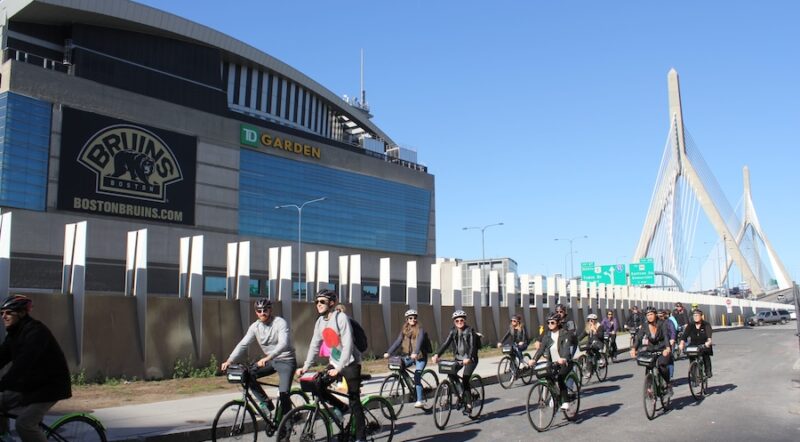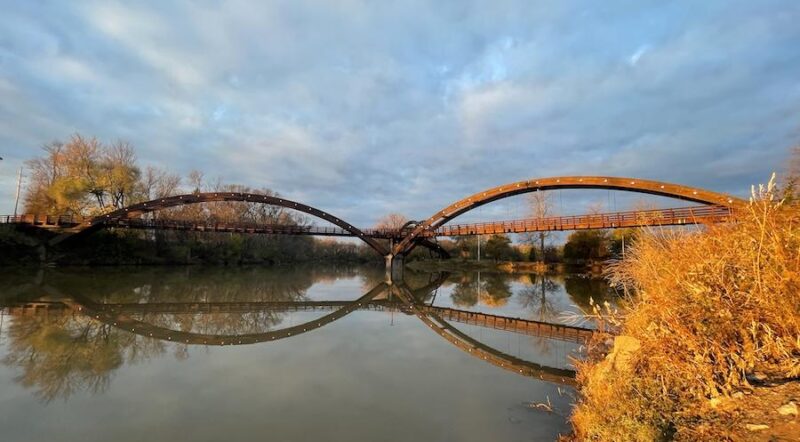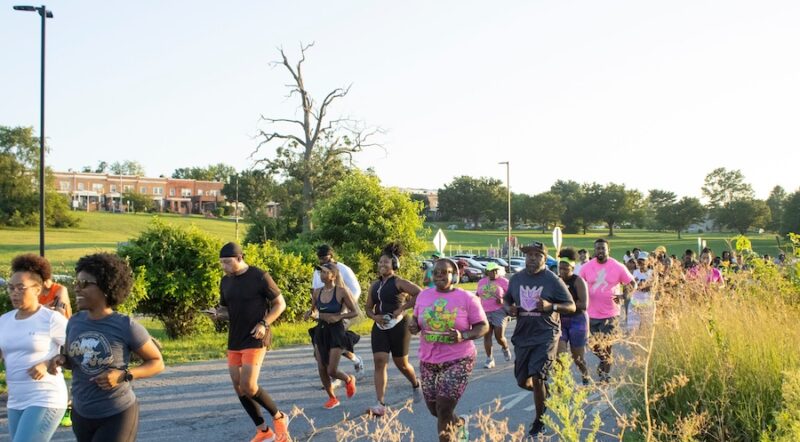10 Unique Lodgings Along the Great American Rail-Trail
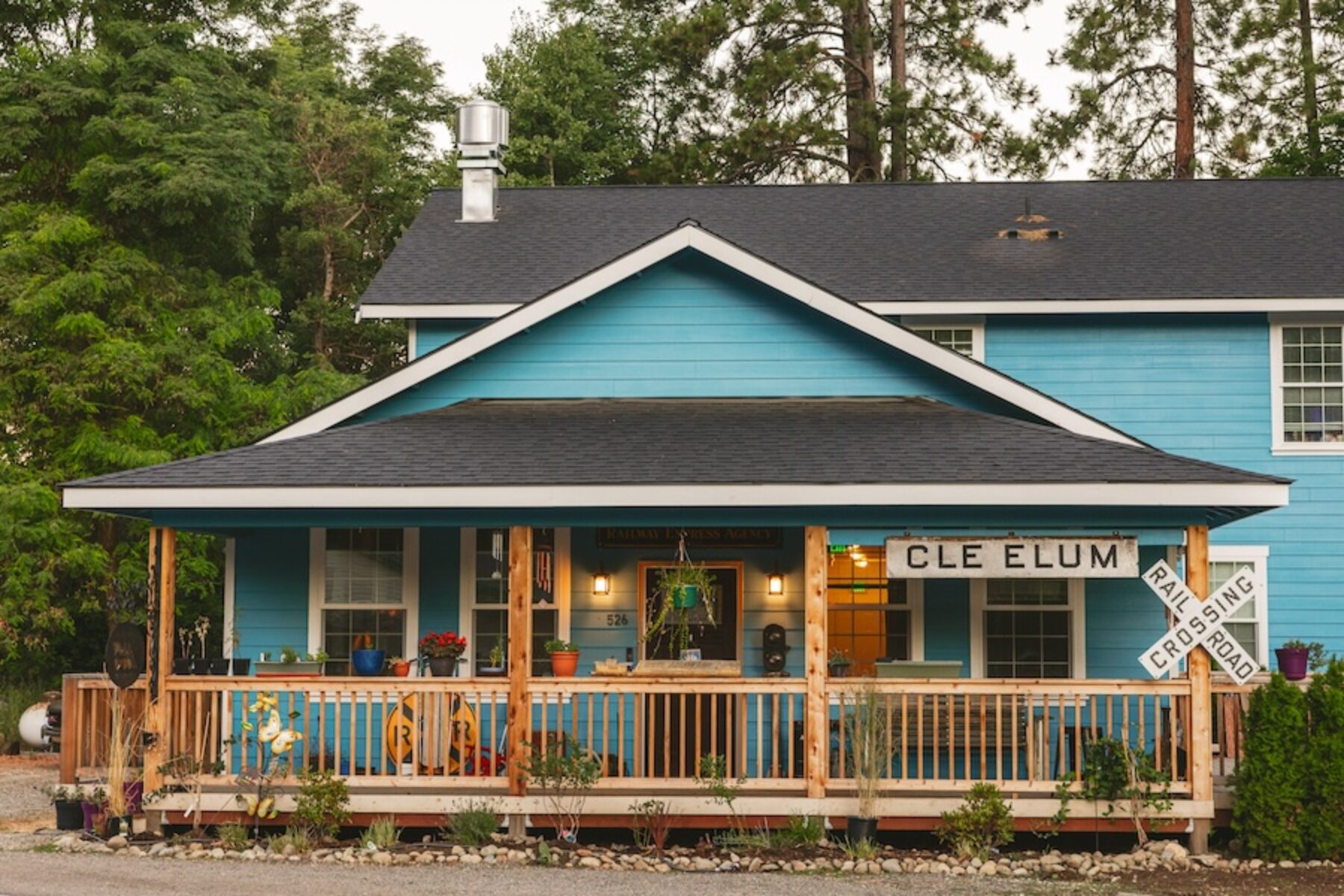
As it unfurls across 3,700 miles of the nation’s varied landscapes, the Great American Rail-Trail® connects us to our shared culture and heritage. In addition to the innumerable historical sites, museums, parks and other attractions along the way, travelers taking this epic route between Washington, D.C., and Washington State will find unique places to stay that further enhance the experience and provide opportunities to learn about the past. Here, we highlight just a few of these lodgings, but history buffs can find more options on the National Trust for Historic Preservation website.
Canal Quarters Lockhouses (Maryland and Washington, D.C.)
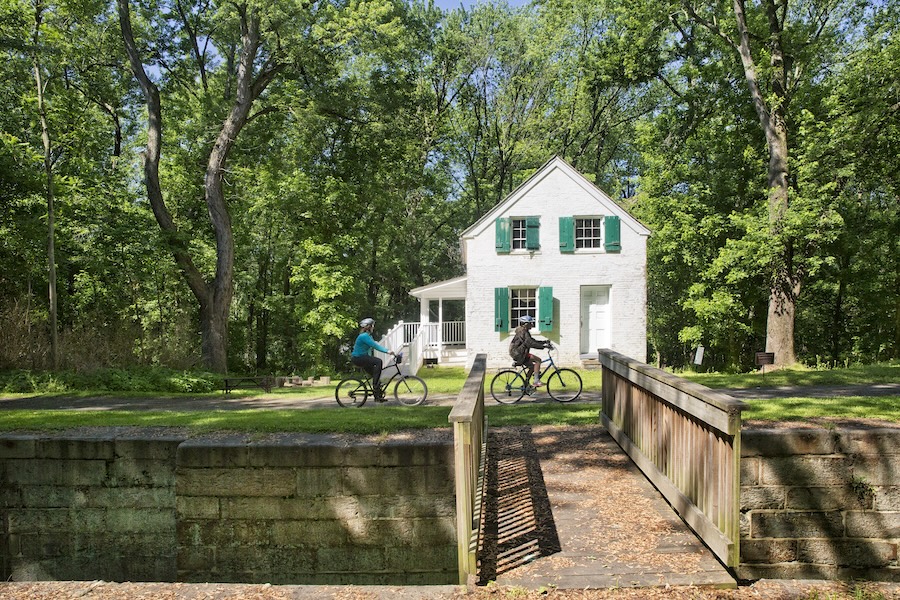
On the eastern end of the Great American Rail-Trail, trail users can traverse the Chesapeake & Ohio Canal National Historical Park on a 184.5-mile historical towpath that begins in Washington, D.C., and continues through Maryland to nearly the Pennsylvania border. Along the way, seven trailside lockhouses—dating from the 1830s to the early 1900s—have been rehabilitated to serve as lodging, each adorned with period furnishings and sharing a different story about the development of the C&O Canal. Operated by the C&O Canal Trust, the lockhouses can sleep up to eight people, and bike storage is available in the basements. Note that only Lockhouses 6, 10 and 21 have indoor plumbing, including a bathroom and a shower; all other lockhouses have outdoor toilet facilities and no showers.
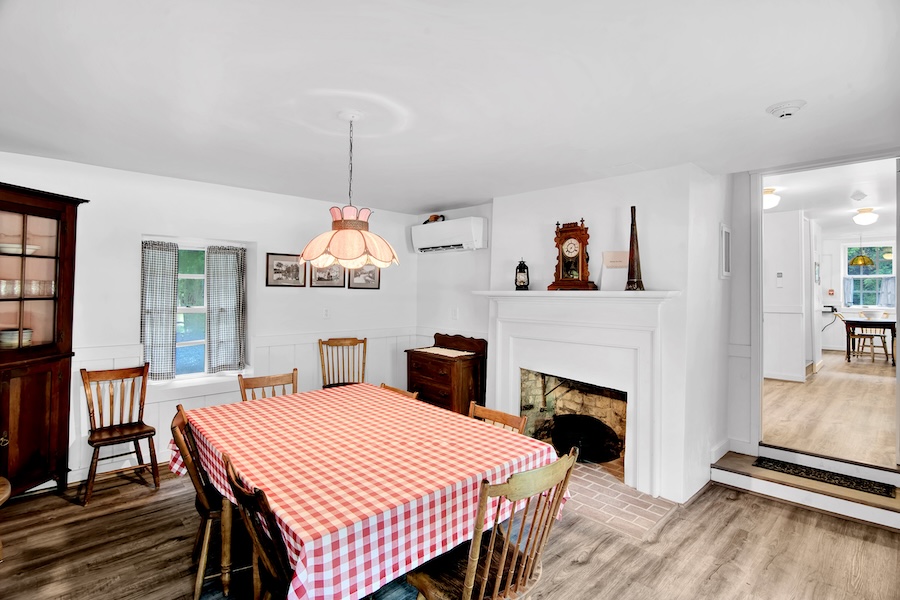
During your stay, check out the towpath’s locks, aqueducts and other canal structures, and get more immersed in history with the park’s programming and activities (see the National Park Service website for details). You can even take a mule-drawn canal boat ride in Georgetown or at Great Falls in Potomac, Maryland.
Related: Preserving an American Legacy: Chesapeake & Ohio Canal National Historical Park (Rails to Trails)
Traveler’s Rest Hotel (Pennsylvania)

The Traveler’s Rest in Pittsburgh is close to two bucket-list trails: the 150-mile Great Allegheny Passage (gaptrail.org) and the 33-mile Three Rivers Heritage Trail (friendsoftheriverfront.org). Built with bicyclists in mind, areas for bike tuning and washing are provided in the hotel’s bicycle parking garage. It’s a prime spot for both solo trail travelers and groups with accommodations for up to 29 people across eight private rooms. A full kitchen is also available on site, offering Pittsburgh-based La Prima Espresso Co. coffee and complimentary make-your-own breakfast amenities.
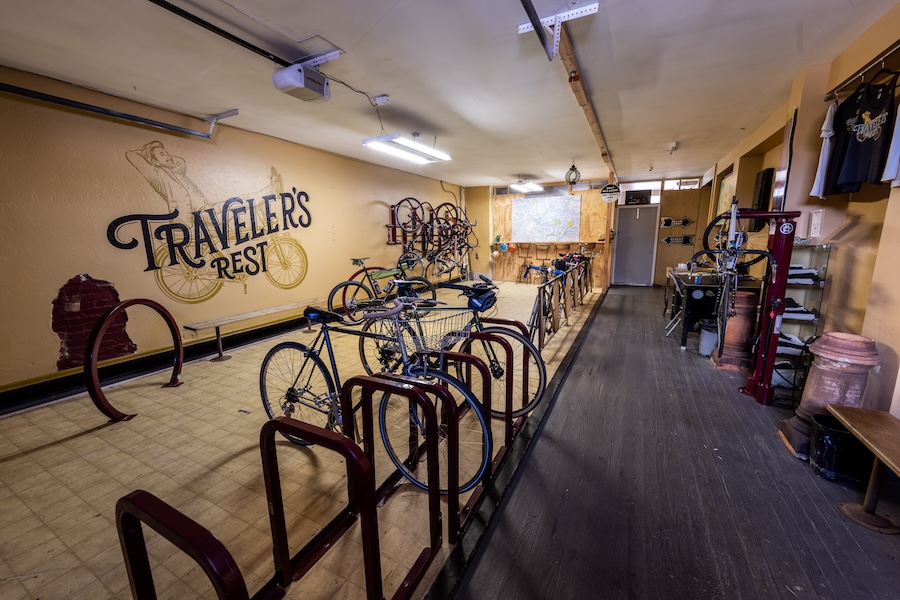
Dating back to 1883, the building first housed the headquarters for A.M. Byers Co., once the world’s foremost wrought iron manufacturer. Those that enjoy history can take a ride on the Duquesne Incline, which is one of the city’s two historical cable cars and travels up a steep hillside to offer a panoramic view of Pittsburgh and its three converging rivers. Across the Monongahela River, Point State Park marks the historical sites of Fort Duquesne and Fort Pitt—strongholds of France and Great Britain in the mid-1700s.
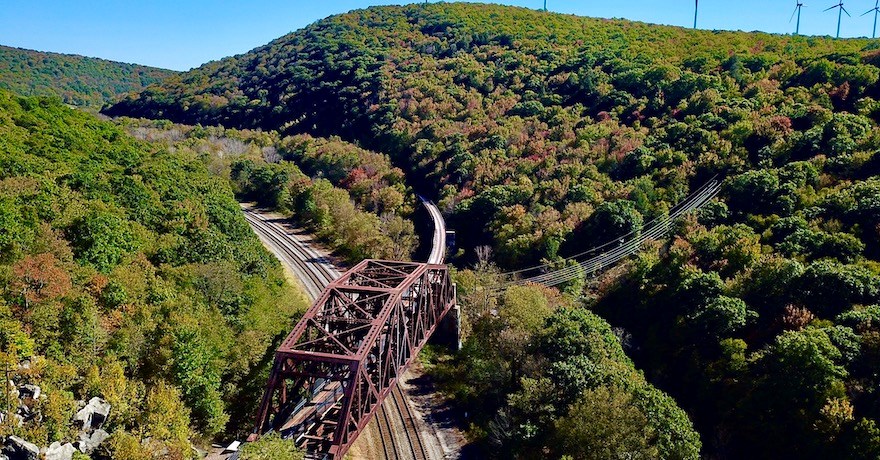
Cole Porter Inn (Indiana)
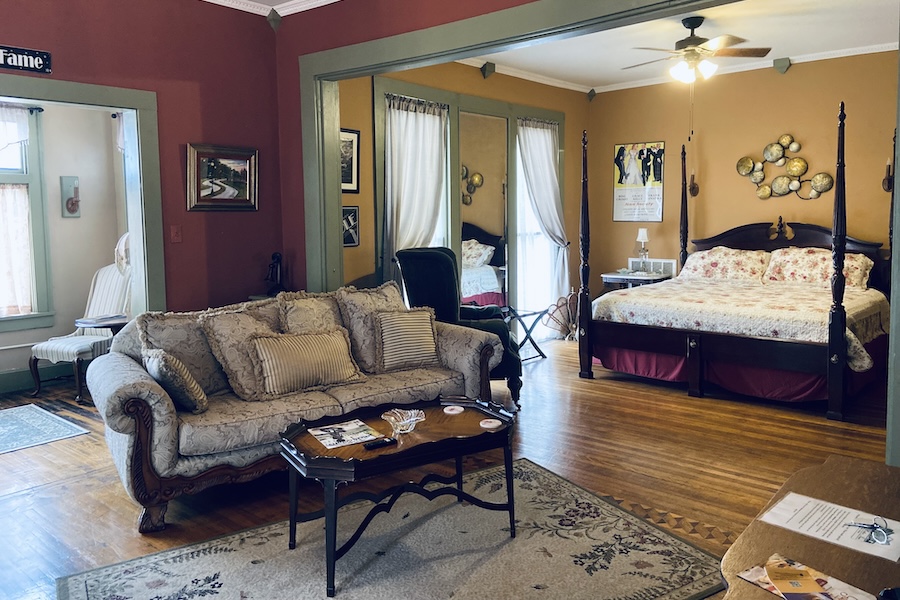
Cole Porter, a renowned 20th century composure and songwriter for Broadway and films, was born in the small town of Peru, Indiana. His stately birthplace, situated less than 2 miles from the Nickel Plate Trail (nickelplatetrail.org), has been converted into the Cole Porter Inn that maintains the allure of his early-19th-century heyday. The suites are christened after some of his greatest Broadway hits—“Kiss Me Kate,” “Night and Day” and “Anything Goes”—and the Cole Porter Suite features extensive memorabilia of his extended career and is the very room that the master of song was born in.
Big Blue Bed & Breakfast (Iowa)
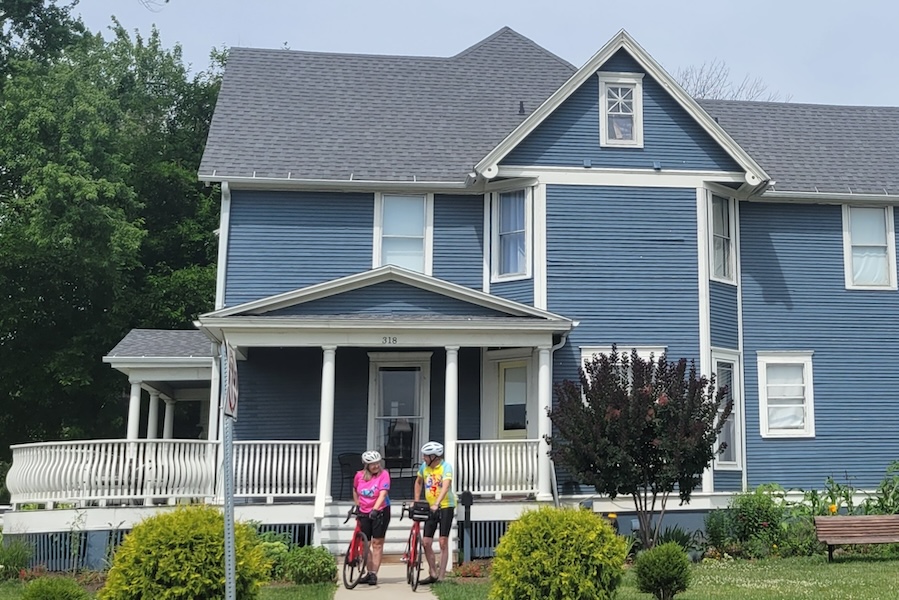
Located in central Iowa, just steps from the Raccoon River Valley Trail (raccoonrivervalleytrail.org) and Adel’s town square, the Big Blue Bed & Breakfast is well situated for outdoor adventure. Bicyclists are welcome, with indoor bike storage and trail shuttle service provided. The bed-and-breakfast was built in 1890 by J.L. Simcoke and is one of the city’s oldest homes. Restored and updated in 2018, each guest room includes a private bathroom, with the largest room (“The Attic”) containing six beds to accommodate families or small groups.
Iron Horse Inn Bed & Breakfast (Washington)
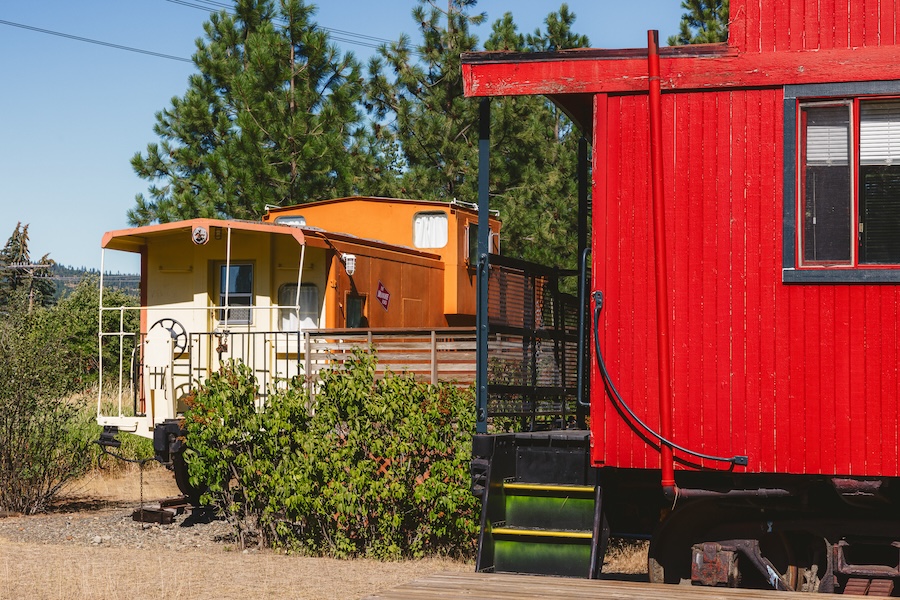
Nestled in the evergreens of the Cascade Mountain foothills, the Iron Horse Inn is located where the Milwaukee Road bunkhouse once stood, housing rail workers in the early 1900s. Stay in its renovated bunkhouse or one of four rustic caboose suites with 1920s furnishings and displays on the area’s railroading past. The inn also sits adjacent to the old South Cle Elum Depot, which houses a small railroad museum, and the Palouse to Cascades State Park Trail (parks.wa.gov), a rail-trail stretching across much of Washington.
Related: A New Frontier: Washington’s Palouse to Cascades State Park Trail (Rails to Trails)
Central Schoolhouse Inn (Illinois)
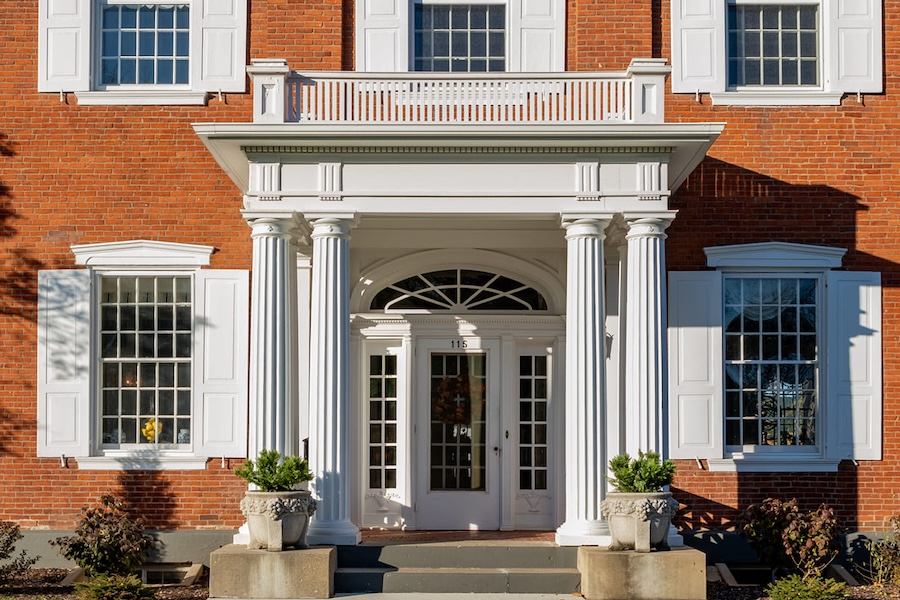
Built in 1856, the Central Schoolhouse was the first public school building in Geneseo. It remained in use until 1890 and was renovated into a home in 1913. Today it serves as a bed-and-breakfast adorned with antiques and nods to local history. Nearby, pick up the Great American’s Hennepin Canal State Trail (dnr.illinois.gov).
Olde Main Street Inn (Nebraska)


Chadron’s Olde Main Street Inn sits along one of the Cowboy Recreation and Nature Trail’s (outdoornebraska.gov) upcoming sections and about 30 miles from a completed stretch between Rushville and Gordon. Built by the O’Hanlon family in 1890, the inn is still adorned in some areas with its original gold and green wallpaper.
Irma Hotel (Wyoming)
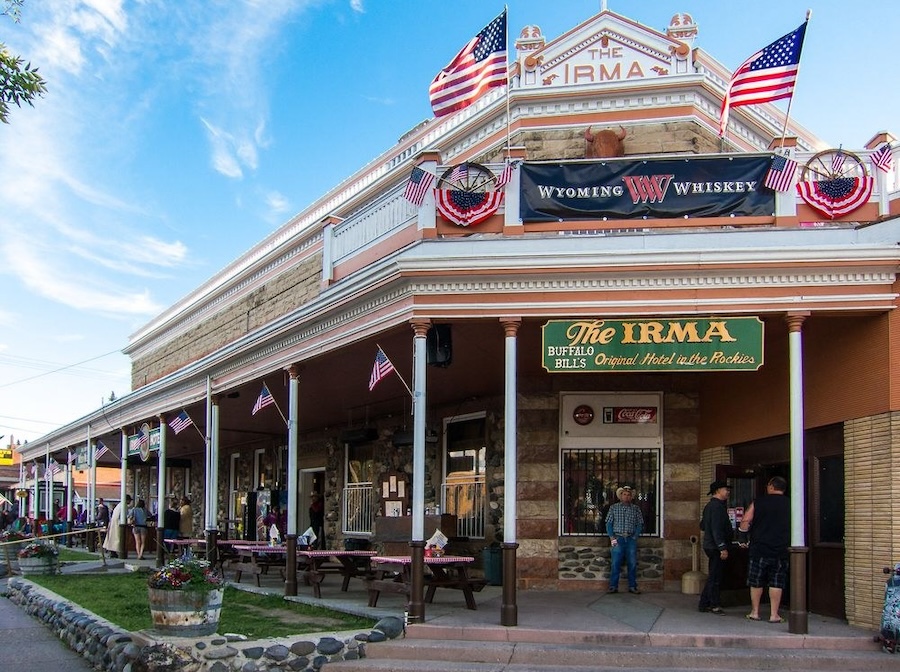
Buffalo Bill Cody built the Irma Hotel in 1902, naming it after his daughter. He often stayed at the hotel, now listed on the National Register of Historic Places, upon returning from his Wild West Show tours. Guests at the Irma, located in downtown Cody, can pick up the Great American’s Beck Lake Park Bike Trail (codywy.gov) just south of the hotel.

Miner’s Hotel (Montana)

Built as a bank in 1913, the Miner’s Hotel in uptown Butte includes guest room names like “The Vault Room” that call back to these origins. Other nods to history include a speakeasy in the basement that displays vintage fur coats, the original 1913 woodwork and old photographs of the once flourishing mining town. West of town, visit the scenic Silver Bow Creek Greenway (co.silverbow.mt.us).
Arid Peak Lookout (Idaho)
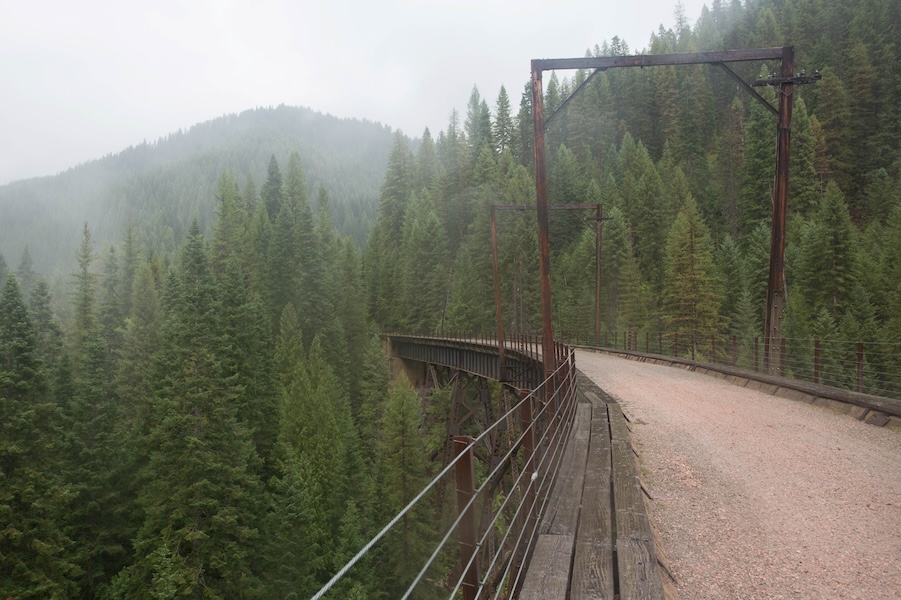
Take in 360-degree views from northern Idaho’s Arid Peak Lookout, a 20-foot tower established in 1934 to watch for fires sparked by the Milwaukee Road. This remote camping experience is only accessible via a 3-mile hike. Visitors to the tower, located in the St. Joe River area, can enjoy fishing and the nearby Route of the Hiawatha (ridethehiawatha.com) and the Great American’s NorPac Trail (friendsofcdatrails.org).
Related: Destination: Idaho’s Route of the Hiawatha (Rails to Trails)

Read more about the developing route of the 3,700-mile Great American Rail-Trail, spanning 12 states and Washington, D.C.
This article was originally published in the Fall 2023 issue of Rails to Trails magazine. It has been reposted here in an edited format. Subscribe to read more articles about remarkable rail-trails and trail networks while also supporting our work.

Donate
Everyone deserves access to safe ways to walk, bike, and be active outdoors.

